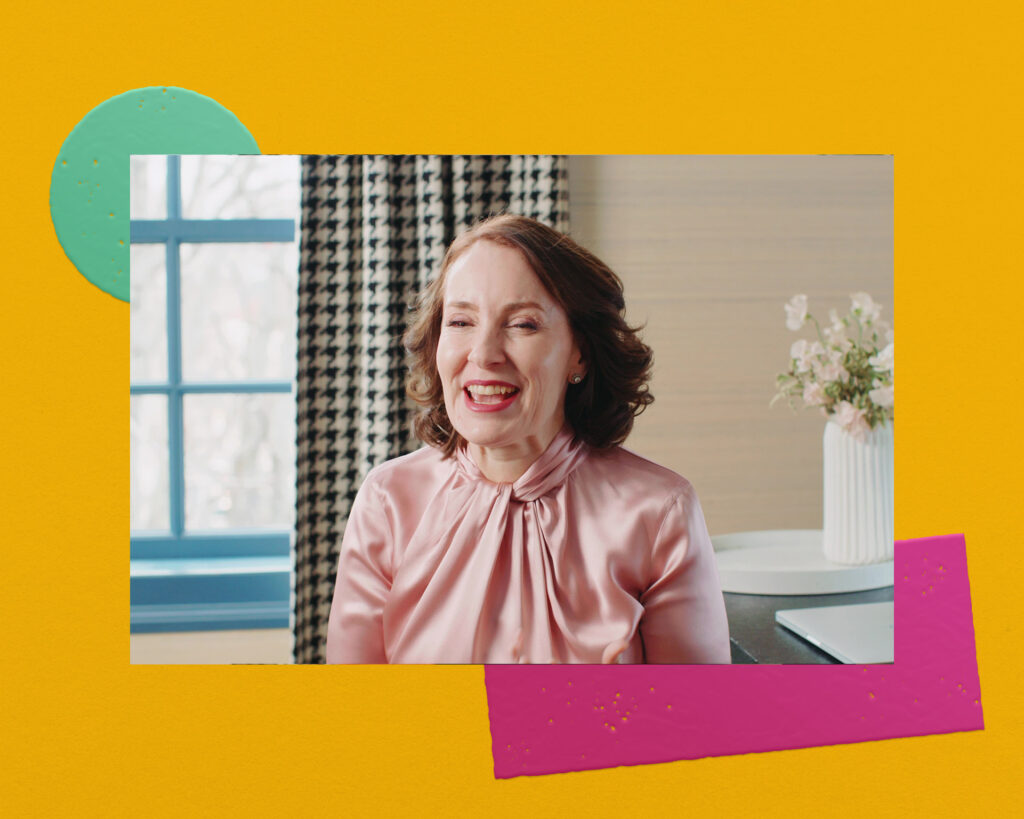Many of us want to change our habits. Yet few are able to parlay that desire into tangible transformation. Maybe that’s where you are: knowing there’s something in your life or some behavior that you’d like to adjust, but struggling to understand why you’re not following through.
Here are three questions you can ask to more successfully move toward the future you want.
- Is this a have-to goal driven by shame? Did you read a magazine article that made you feel ashamed of your penchant for procrastination? Goals that are driven by shame—whether that’s based in disappointing others or ourselves—rarely lead to sustainable changes in habits.
- Where is my motivation to change this habit coming from? Is your spouse or friend pushing you to make a lifestyle change? Or is the desire for transformation coming from inside yourself? Taking good advice is an important life skill, but successful change usually emerges from internal aspiration, not external pressure.
- Is this habit change connected to one of my values? Even when external pressure is based on the best of intentions, it can be hard to enact changes from the outside if they are not connected to our own values, but rather the value systems of others. Consider whether any of your own values are connected to the habit in question.
By asking yourself why you want to make a change, you’ll be able to figure out whether it’s a “have-to” goal (something others are pressuring you to do) or a “want-to” goal (something you want for yourself). A “want-to” goal will make you feel self-motivated.
A “have-to” can become a “want-to” if you find a way to connect it to your values. Perhaps you’re finding it hard to motivate yourself to spend more time outside—you’re just a homebody at heart. Maybe, though, it is important to you to strengthen your relationship with your little nephew, and he’s sent you his baseball game schedule for the season. Suddenly the same habit (spending time outdoors) becomes more enticing because it contains an opportunity to connect to one of your values (quality family time), not someone else’s. (If you want to learn more about “want-to” goals and “have-to” goals, check out Chapter 7 in Emotional Agility.)

Final tip: a little warning about positive visualizations. Pop psychology books often tout the power of visualizing your goals. If you imagine success, the theory goes, you’re more likely to attain it. But research suggests that indulging in too much positive visualization can actually make you less likely to succeed. It’s almost like your brain gets tricked into believing you’ve already achieved the goal. Instead of inspiring you to move forward, the act of visualizing can dampen your motivation.
So what do we do instead?
The key is balance. Think about the future that you want for yourself, then think through the process of getting there. Imagine how great you’ll feel when you achieve your goal and consider any roadblocks that may arise. Don’t settle for daydreaming. Make a plan, list the steps that will take you where you want to be, and start working on the first one.
In short: Get realistic about what you’ll need to make the change. Chart out the specifics. Get excited for the journey and plan how you’ll overcome obstacles.






 Take the Quiz
Take the Quiz